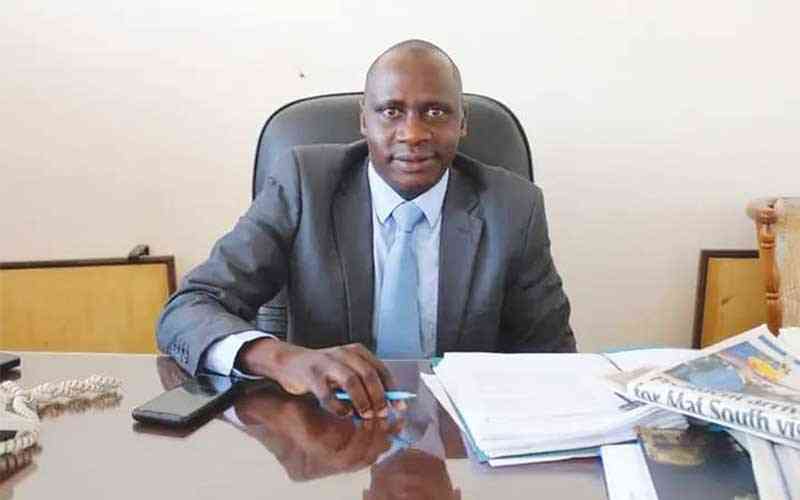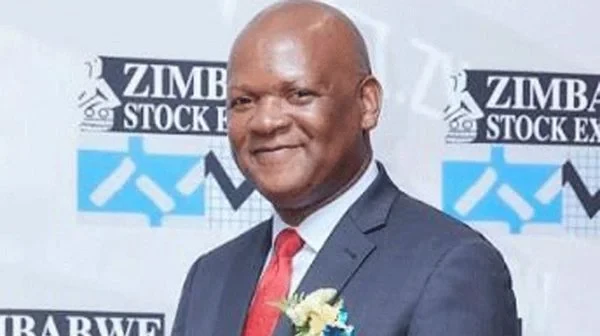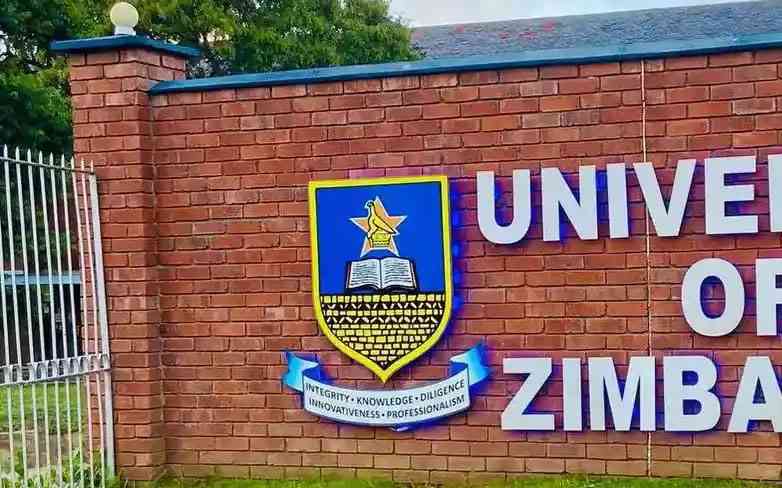
STATE-OWNED National Railways of Zimbabwe (NRZ) is targeting to move 2,7 million tonnes of freight this year, up 17% compared to last year, Standardbusiness can report.
However, the 2,7 million tonnes target is paltry compared to its yester-year figures, where the parastatal used to move 18 million tonnes of freight annually and employed 20 000 workers.
NRZ spokesperson Andrew Kunambura told Standardbusiness in an interview that the parastatal was targeting to increase its volumes this year driven by the mining sector.
“This year, our aim is to move 2,7 million tonnes (of freight) from an achievement of 2,287 million tonnes last year. The number is not from our market, but it’s from our capacity,” Kunambura said.
“We are doing well and we are happy with the current performance of the company but there is room for improvement so we can do much more.
“We say we are targeting to move about three million this year, but if we improve the capacity, there is enough in the market for us to move up to five million.”
He said NRZ was an economic enabler, playing a major role in the energy, mining, agriculture and fuel sectors.
“We are the engine for employment. It’s a labour-intensive industry, so it will bring employment,” Kunambura said.
- Budget dampens workers’ hopes
- Govt issues $24 billion Covid-19 guarantees
- Letter to my People:They have no answers for Nero’s charisma
- ZMX to enhance farm profitability
Keep Reading
“The minister of Finance (Mthuli Ncube) should start here at NRZ for development.”
The NRZ spokesperson said the railway entity needs a capacity boost through acquisition of modern and efficient locomotives and wagons.
“Currently, we are running on our own self-generated funds,” he said.
“We are appealing to the government and its treasury to assist in terms of procurement of these locomotives and wagons.
“We are not doing badly but if this input comes, then we can do exceptionally well.
“This means the railways will give cheaper and more efficient transport plans to its (customers) and it will increase its market share.”
Kunambura said NRZ was moving minerals such as lithium, chrome and ferrochrome, adding that in future they will transport platinum.
“These minerals that are high value will be transported from our capacity,” he added.
“Our locomotives are old and they break down, so we need an improvement on that. That can turn around the footprints of our organisation instantly,”
He said the management had been in contact with foreign suppliers for the purchase of locomotives.
“We hope that it can bear fruit in the long term,” he said.
He bemoaned an increase in cases of vandalism in areas like Bindura, Harare, and Shamva.
“We have witnessed an increase in vandalism cases especially along the railway lines that pass through gold fields,” Kunambura said.
“There are gold panners who are digging right on the track looking for gold.
“They damage the track and we cannot transport our material.
“It’s a knock off effect as well on agriculture as the farmers will not get their fertilizers and equipment on time.
“The fertilizer companies cannot work as they don’t receive their product. So, it’s a massive chain effect on the economy just because of one’s selfish deeds.”
At its peak, in the late 1990s, the NRZ used to move 18 million tonnes of cargo per year.
During that time, it was a major economic employer with 600 locomotives and 3 000 passenger carriages.
However, from the year 2000, the rail transport operator took a downward turn, to the extent of reverting to steam engines and discontinuing some of its services, along the way.
In 2018, the NRZ signed a deal with a consortium of Zimbabweans in the diaspora who undertook to inject about US$400 million to revive the rail operator.
But the deal flopped.
However, the government says it is looking at other options of rebuilding the company in which it controls 100% shareholding.
The parastatal requires US$2 billion to fully recapitalise.










